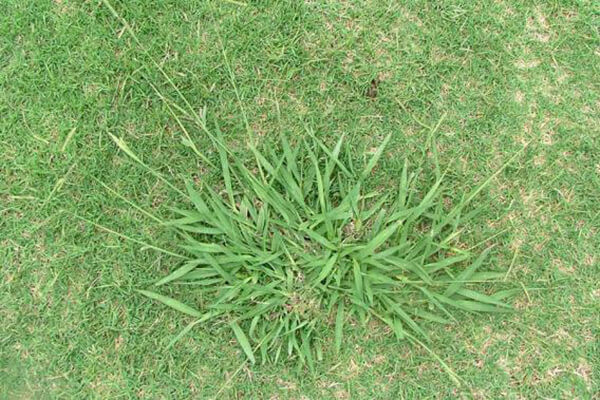
Paspalum Grass Weed (Paspalum dilatatum)
Common Names
Also known as paspalum, caterpillar grass, millet grass, common paspalum, Dallis grass, hairy-flowered paspalum, large watergrass, and Leichhardt grass.
Description
A long-lived, tufted grass that grows up to 1.5 m tall. Its leaf blades are slightly folded at the base and usually hairless. The seed heads grow at the tips of upright stems, with 2–11 branches along a central stalk. Each branch holds small, hairy spikelets.
Stem and Leaves
The flowering stems may branch near the base, with smooth (glabrous) joints. Leaves have a sheath that partly encloses the stem and a long, narrow blade (6–45 cm long, 3–12 mm wide). Leaf margins feel rough to the touch. Lower leaves may have a few long hairs.
Flowers and Seeds
Flowers grow on branched seed heads, with spikelets covered in fine hairs. The plant reproduces mainly by seed, which spreads via wind, water, animals, machinery, and contaminated soil.
Similar Species
Paspalum grass is often mistaken for similar species, including:
- Broad-leaved paspalum (Paspalum mandiocanum) – Lower-growing with broader leaves and smaller, hairless spikelets.
- Bahia grass (Paspalum notatum) – Shorter grass with narrow leaves and two-branched seed heads.
- Vasey grass (Paspalum urvillei) – Taller, with numerous seed head branches and small, hairy spikelets.
- Tussock paspalum (Paspalum quadrifarium) – Grows in dense clumps, with more branches on the seed head.
